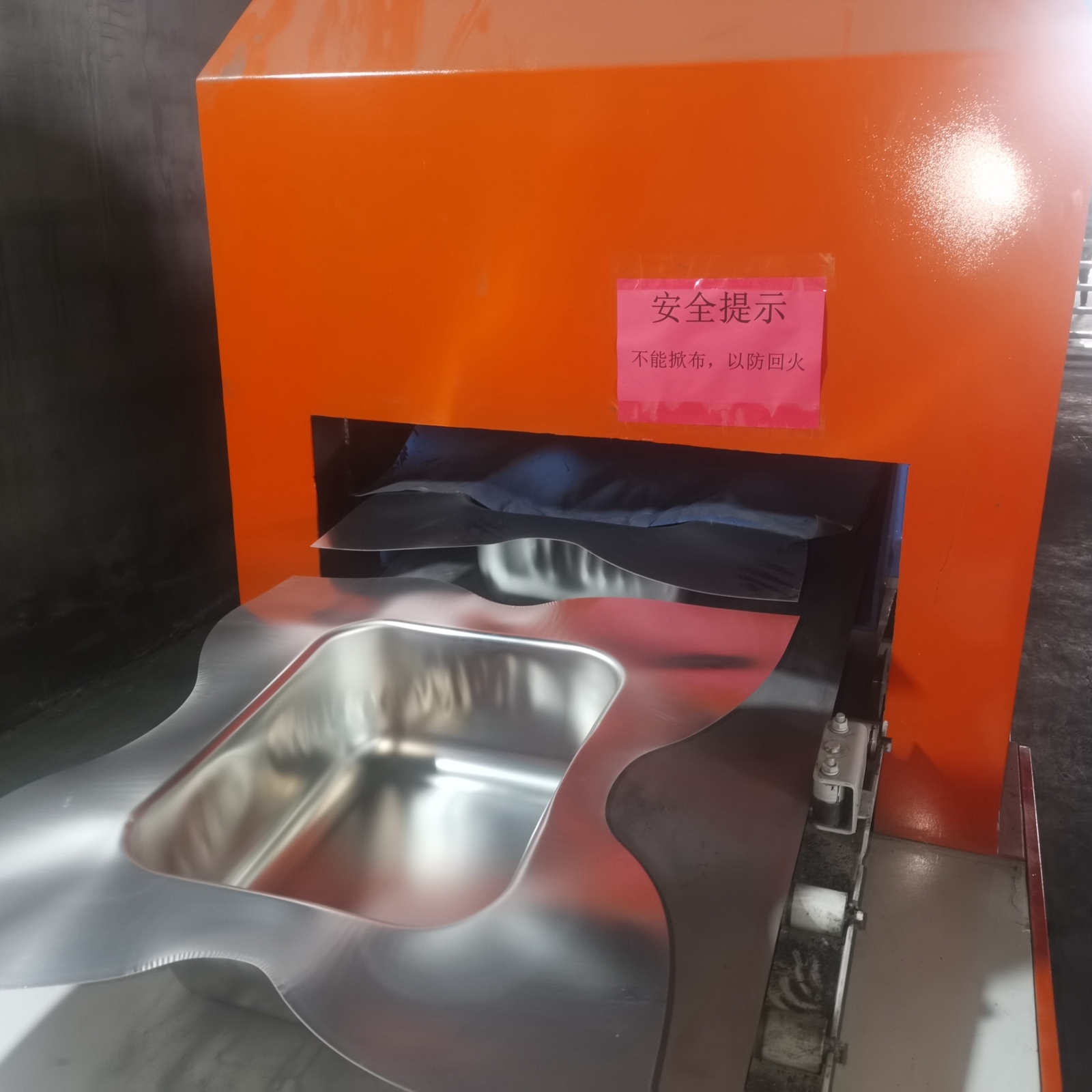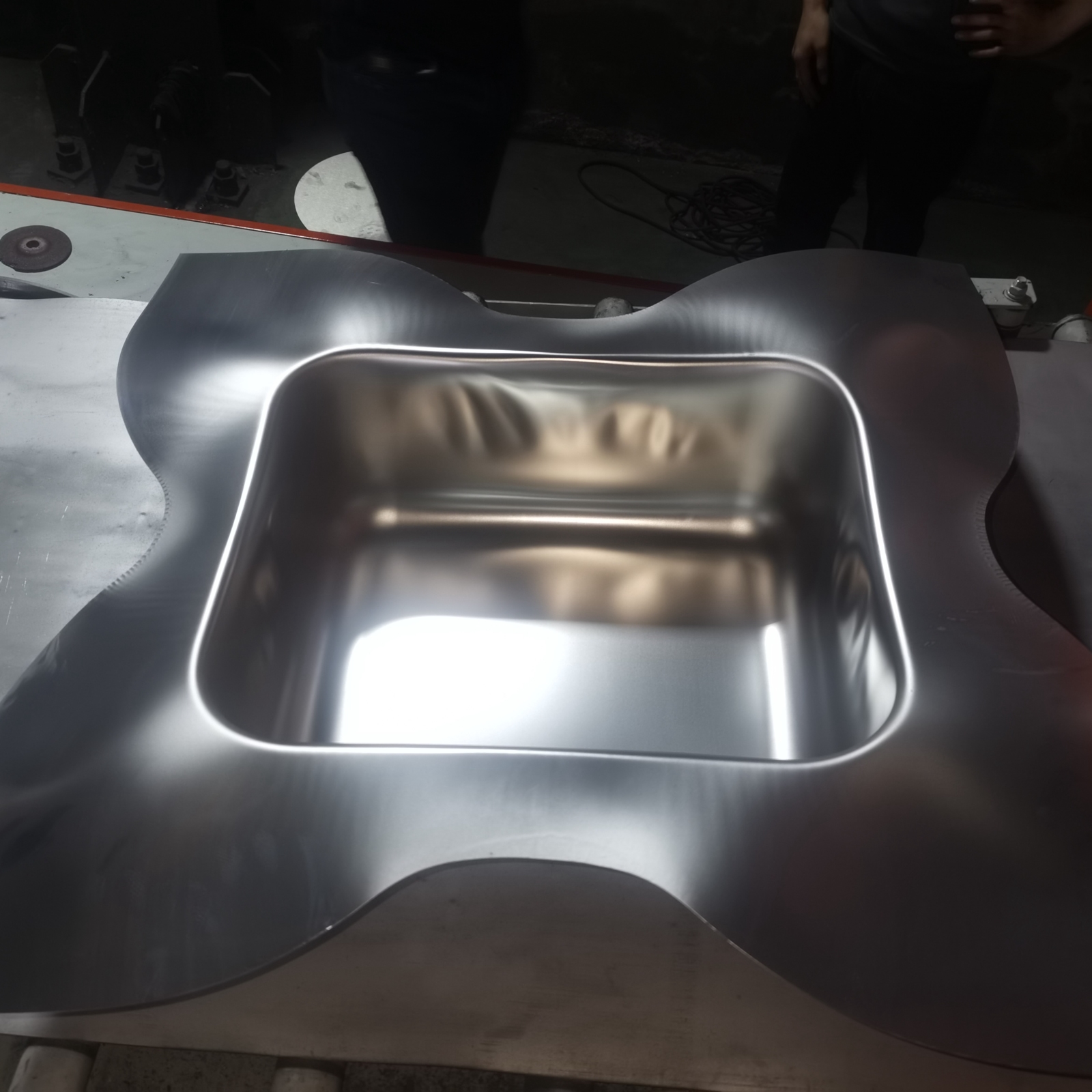Water Tank Annealing for Enhanced Material Performance
Mar. 31, 2025
As a leading manufacturer of heat treatment furnaces, we understand the critical role that annealing plays in enhancing the properties of metals. In this blog post, we dive into the specifics of water tank annealing—a process that not only improves material quality but also offers distinct advantages in controlled manufacturing environments.

What is Water Tank Annealing?
Water tank annealing is a specialized heat treatment process designed to relieve internal stresses and modify the microstructure of metals. Unlike conventional furnace annealing, this process involves heating the material to a specific temperature and then rapidly cooling it by immersing it in a water bath. The controlled cooling helps in reducing hardness, improving ductility, and enhancing overall workability of the metal.
The Science Behind the Process
The water tank annealing process typically involves several key steps:
Heating: The material is heated in a high-performance furnace until it reaches a predetermined temperature. This temperature is carefully chosen based on the alloy composition and the desired final properties.
Soaking: Once the target temperature is achieved, the material is held at this temperature for a set duration. This soaking period ensures that the heat penetrates uniformly, allowing the microstructure to transform as needed.
Rapid Quenching: After soaking, the material is immediately transferred into a water tank. The rapid cooling rate achieved by the water bath helps to lock in the desirable properties, reducing internal stresses and improving malleability.
This rapid quenching is crucial, as it minimizes the chance of forming unwanted phases that could detract from the material’s performance.
Benefits of Water Tank Annealing
Water tank annealing offers several advantages that make it a popular choice in modern manufacturing:
Enhanced Ductility and Malleability: The rapid cooling process significantly improves the workability of metals, making them easier to machine and form into complex shapes.
Stress Relief: By eliminating internal stresses induced during previous mechanical or thermal processing, the annealed material exhibits better performance and longevity.
Improved Homogeneity: Uniform cooling ensures that the entire material has consistent properties, reducing the risk of defects and ensuring high-quality output.
Cost Efficiency: Rapid processing times and the ability to treat large volumes of material make water tank annealing an economical option in high-production environments.

Applications in Industry
Water tank annealing is used in a wide range of industries, including:
Automotive Manufacturing: Components such as gears and shafts benefit from the enhanced ductility and reduced residual stresses.
Aerospace: Precise control over the heat treatment process helps in producing high-performance parts that meet stringent safety and durability standards.
Tooling and Die Manufacturing: Improved machinability of annealed metals allows for more intricate designs and longer tool life.
Our Expertise and Commitment to Quality
At [Your Company Name], we pride ourselves on our advanced heat treatment furnaces that support processes like water tank annealing. Our commitment to quality is reflected in our state-of-the-art equipment and our rigorous process controls, which ensure that every piece treated meets the highest standards of performance and reliability.
By integrating water tank annealing into our suite of heat treatment solutions, we help manufacturers achieve optimal material properties that translate to improved product performance and reduced manufacturing costs. Whether you’re looking to enhance the durability of automotive parts or require precision-engineered components for aerospace applications, our expertise in heat treatment processes is your competitive advantage.
Conclusion
Water tank annealing is more than just a cooling technique—it is a sophisticated process that plays a vital role in optimizing material properties for demanding applications. By carefully controlling the heating and rapid cooling stages, manufacturers can achieve enhanced ductility, reduced internal stresses, and uniform material properties. At [Your Company Name], we are dedicated to providing innovative heat treatment solutions that drive performance and quality across diverse industries.
For more information about our heat treatment solutions or to discuss how water tank annealing can benefit your manufacturing process, please feel free to contact us.
Previous None









